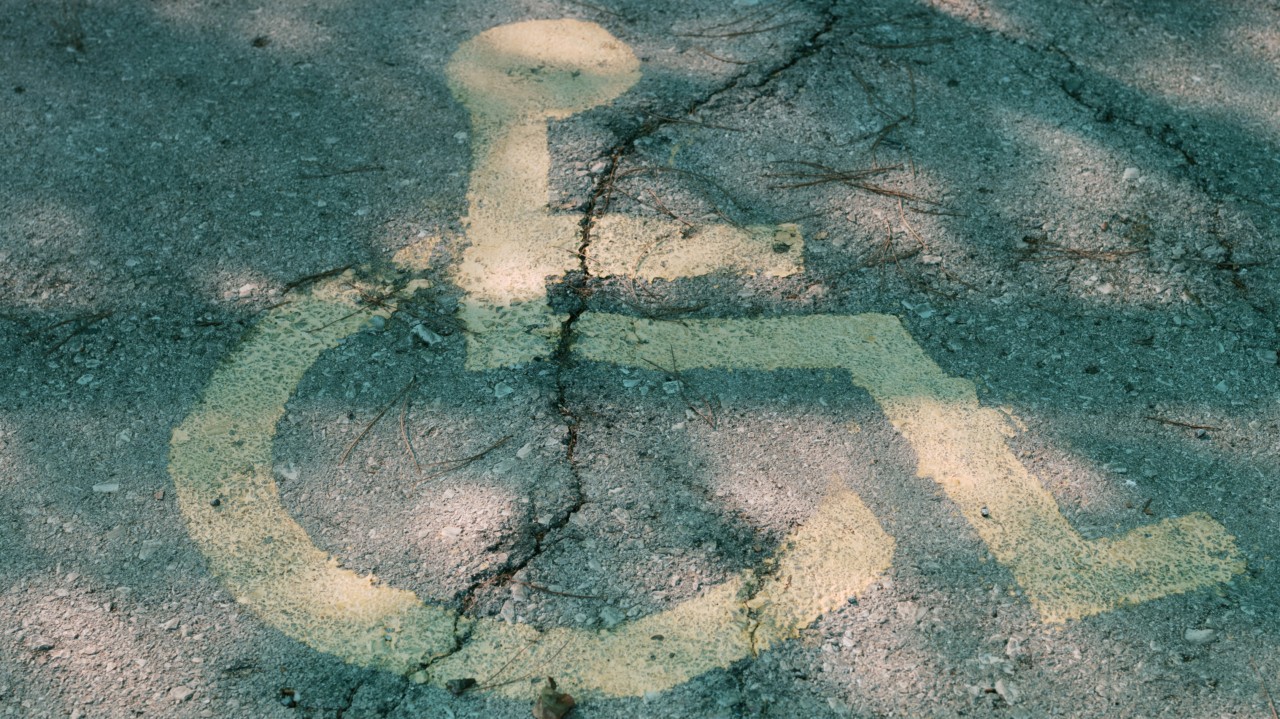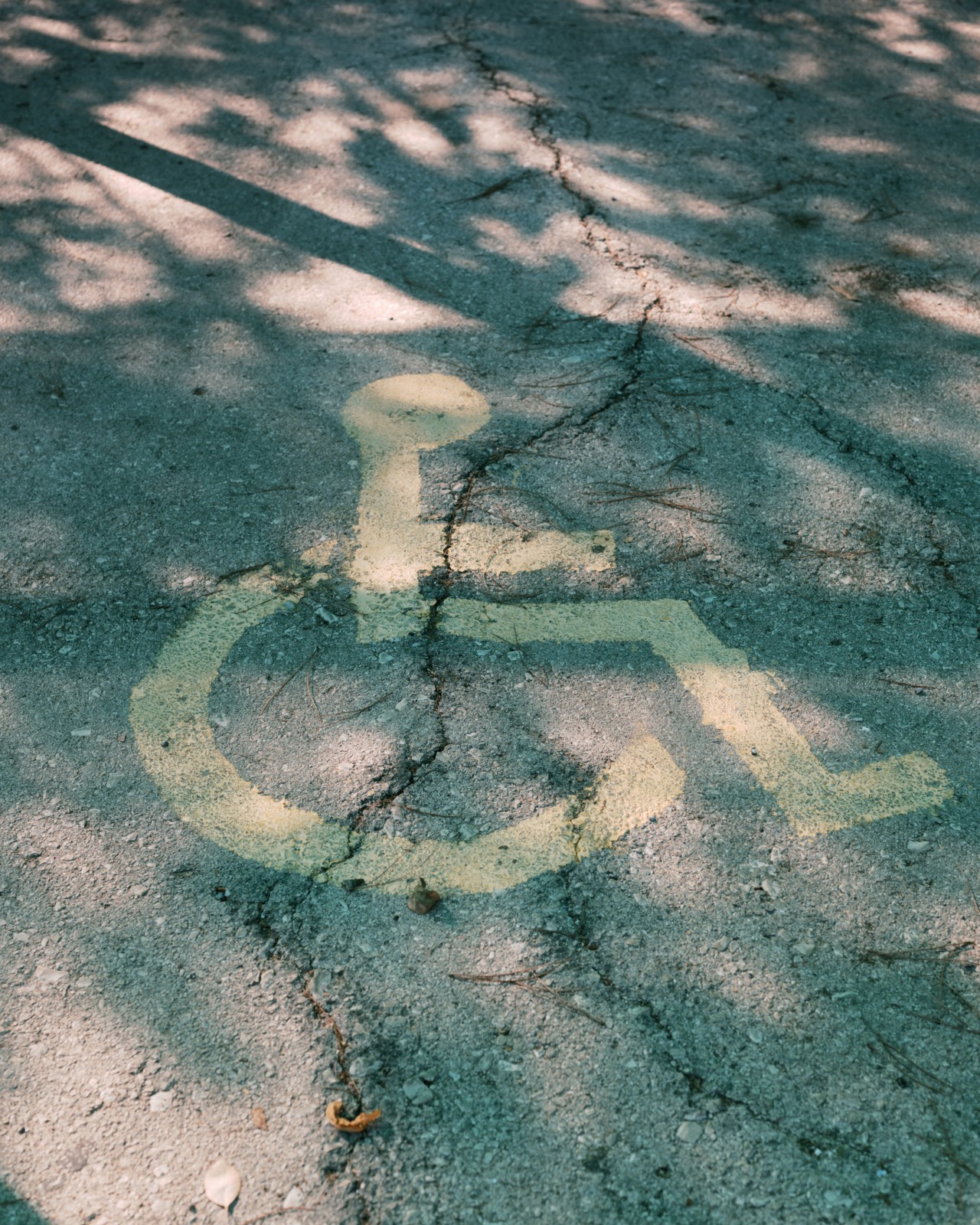

Photograph by Gijs van den Berg / Connected Archives
words by marianne dhenin
The devastation across Florida’s western coast is still coming into focus today as residents return to their homes in evacuation zones that spanned 11 counties and affected six million people after Hurricane Milton made landfall on Wednesday night. Earlier in the week, Floridians packed their go bags as John Morales, one of the state’s longest-serving meteorologists, broke down live on air while describing how climate change caused the hurricane to intensify from a Category 1 storm to a Category 5 storm in mere hours as it barrelled toward the coast. On Monday, Jane Castor, Tampa’s mayor, warned that residents who stayed behind in an evacuation zone were “going to die.”
Still, some struggled to leave, including many of Florida’s disabled and aging residents, who comprise an outsized portion of the state’s population. As emergency response systems kicked into gear in the lead-up to the storm, many in this population were confronted with the fact that those systems were not designed to save them and essential services were inaccessible.
“Disaster response does not include or consider disabled people,” said Dom Kelly, president and CEO of New Disabled South (NDS), a disability rights and justice nonprofit working across 14 states in the U.S. South. “We are left behind in planning. We are literally, physically left behind in evacuations, and the majority of people who die are disabled.” Indeed, persistent shortcomings in disaster planning disproportionately threaten the lives of 61 million disabled people nationwide, leaving them two to four times more likely to die or sustain critical injuries during a disaster.
Ursula Floden was at home in California when Morales gave his emotional weather report on Monday, texting her 82-year-old mother, who lives with Floden’s 76-year-old stepfather in Sarasota. The pair are no strangers to Florida’s hurricane season and would usually leave their modular home near the coast for a hotel further inland that meets their access needs when the weather turns dangerous. Floden’s stepfather has Parkinson’s disease and atrial fibrillation. He no longer drives and uses a CPAP machine to help him breathe while sleeping. Floden’s mother has mobility-limiting disabilities. Both are at high risk of contracting and experiencing life-threatening complications of COVID-19, making communal shelters a danger all their own.
“Disabled people are left behind in planning. We are literally, physically left behind in evacuations, and the majority of people who die are disabled.”
This storm was different. “By the time we knew they needed to evacuate, there was nothing to be had,” said Floden. Hurricane Milton was the third named storm to make landfall in Florida in just two months, part of a pattern of climate change-fueled weather disasters becoming more intense and widespread. Florida hotels and short-term rentals are already sheltering those displaced in Hurricanes Debby and Helene. When Floden could not find a room to rent and contacted a local emergency shelter, she was told there were already 1,800 people there and no remaining cots; sufficient accommodations could not be made to house her parents.
Access issues are common at emergency shelters, including insufficient signage for blind and low-vision persons, a lack of ramps and accessible bathrooms for wheelchair users, and a lack of training and awareness among staff and volunteers. But evacuating to a rented room is unaffordable for many disabled people, especially those who live on fixed incomes.
Reaching shelter can be challenging for those who cannot drive, for wheelchair users to whom public transportation and for-hire car services may be inaccessible, or for others with travel-limiting disabilities. For these populations, reaching distribution points for necessary supplies after storms pass is also difficult.
As rain began to fall in Sarasota on Wednesday afternoon, Floden’s mother called and told her to give up the search for shelter—it was too late. “They were looking at death,” said Floden, gulping back tears. “That’s what we had to contend with.” Thankfully, Floden’s family made it through Wednesday night even though part of the roof of their home and much of the siding blew off in Milton’s 100-plus mile-per-hour winds.
Now, the couple are facing new problems, like being unable to power the CPAP machine, as millions are without power statewide. The same is true in parts of western North Carolina where power has not been restored since Hurricane Helene struck over two weeks ago. Over three million Medicare beneficiaries nationwide rely on electricity-dependent, durable medical and assistive equipment and devices, such as ventilators and feeding pumps.
Shortcomings in disaster planning that put disabled people’s lives at risk are persistent at every level in current emergency management systems. When the International Association of Emergency Managers surveyed members on the accessibility of their response systems, almost 50% said that they did not believe those systems effectively met the needs of people with disabilities.
“It is critical when emergency planning is happening at whatever level that disabled people are at the table.”
On the federal level, the Federal Emergency Management Agency (FEMA) has been slow to roll out disability-focused support structures with its Office of Disability Integration and Coordination only launching in 2010. Multiple disabled people affected by Hurricanes Helene and Milton interviewed for this article said they had either not yet received any outreach from FEMA or were contacted weeks later. As a result, many are depending on neighbors and community organizations.
“I don’t think we saw FEMA until at least a week had passed,” said Donna Zelazny, who lives in a rural part of Ashe County, North Carolina, where Hurricane Helene washed away hundreds of roads, leaving many stranded without access to needed medications and other supplies. “I know the [federal major disaster] declaration was signed… but they weren’t here, and so it was all a volunteer effort.”
Brittany Littleton, a Port Charlotte, Florida, resident whose lodgings flooded during Hurricane Helene, said she applied for FEMA cash assistance to cover shelter and food costs and recoup lost wages. She received an automatic rejection. As Hurricane Milton approached, she was forced to turn to her Long Covid support group to crowdfund her evacuation.
With too little governmental support, disabled people in the footprint of Hurricanes Helene and Milton are turning to disability-led organizations such as NDS and the Partnership for Inclusive Disaster Strategies. The latter is the only organization focused on disability-inclusive disaster response operating nationwide. It runs a disability and disaster hotline and is now coordinating with local disability and aging networks to support those affected by Hurricanes Milton and Helene. Meanwhile, NDS has launched a mutual aid initiative and has already distributed $70,000 in cash assistance to those affected, with more than $130,000 in outstanding need.
As climate change-driven disasters worsen, initiatives like these will struggle to keep up. NDS’s Kelly said governmental programs must engage with disabled people with subject matter expertise and lived experience to reorganize current systems to make them more inclusive and sustainable. “It is critical when emergency planning is happening at whatever level that disabled people [are] at the table,” they said. “It shouldn’t be on org[anization]s to do mutual aid; we should have the kind of response that will actually help folks when they need it most.”
Hurricane Milton Confirmed What Disabled Citizens Feared Most